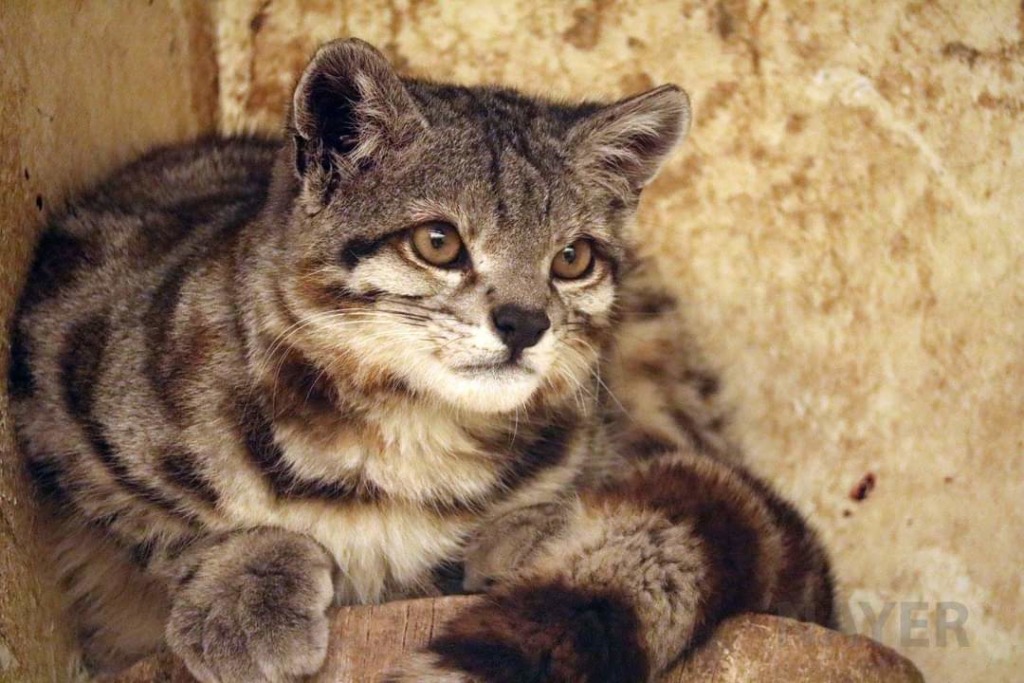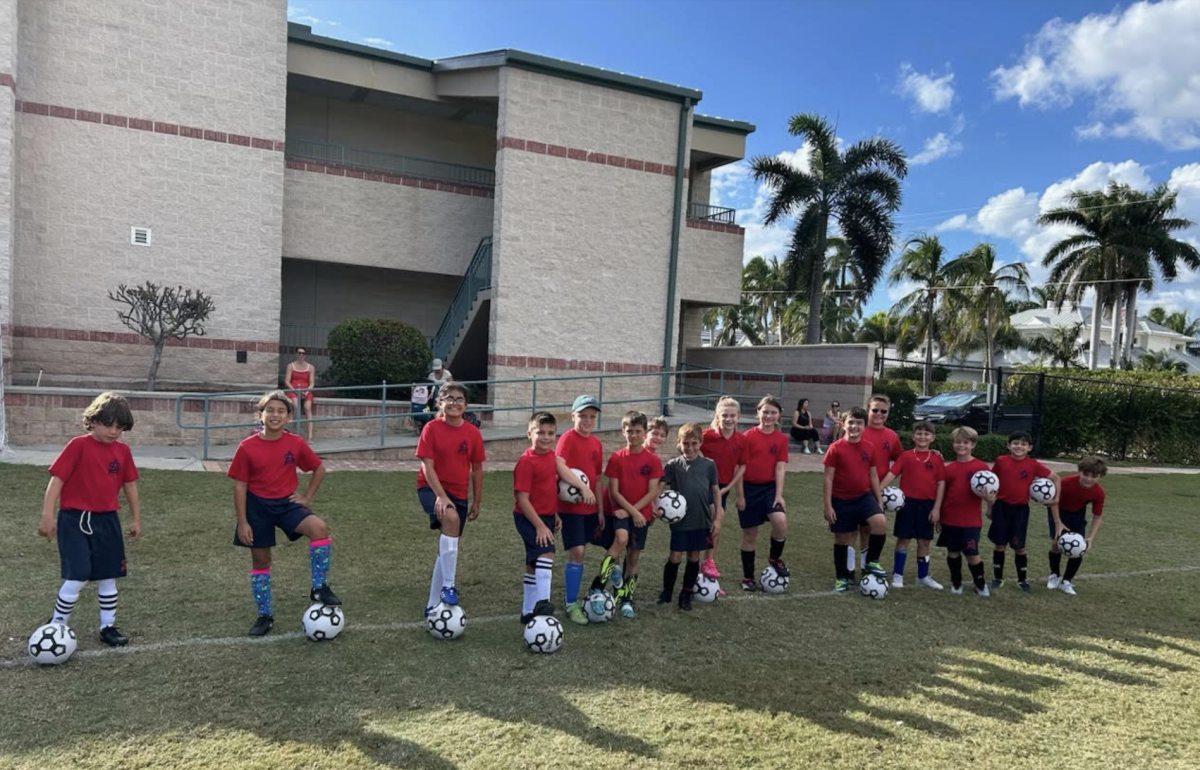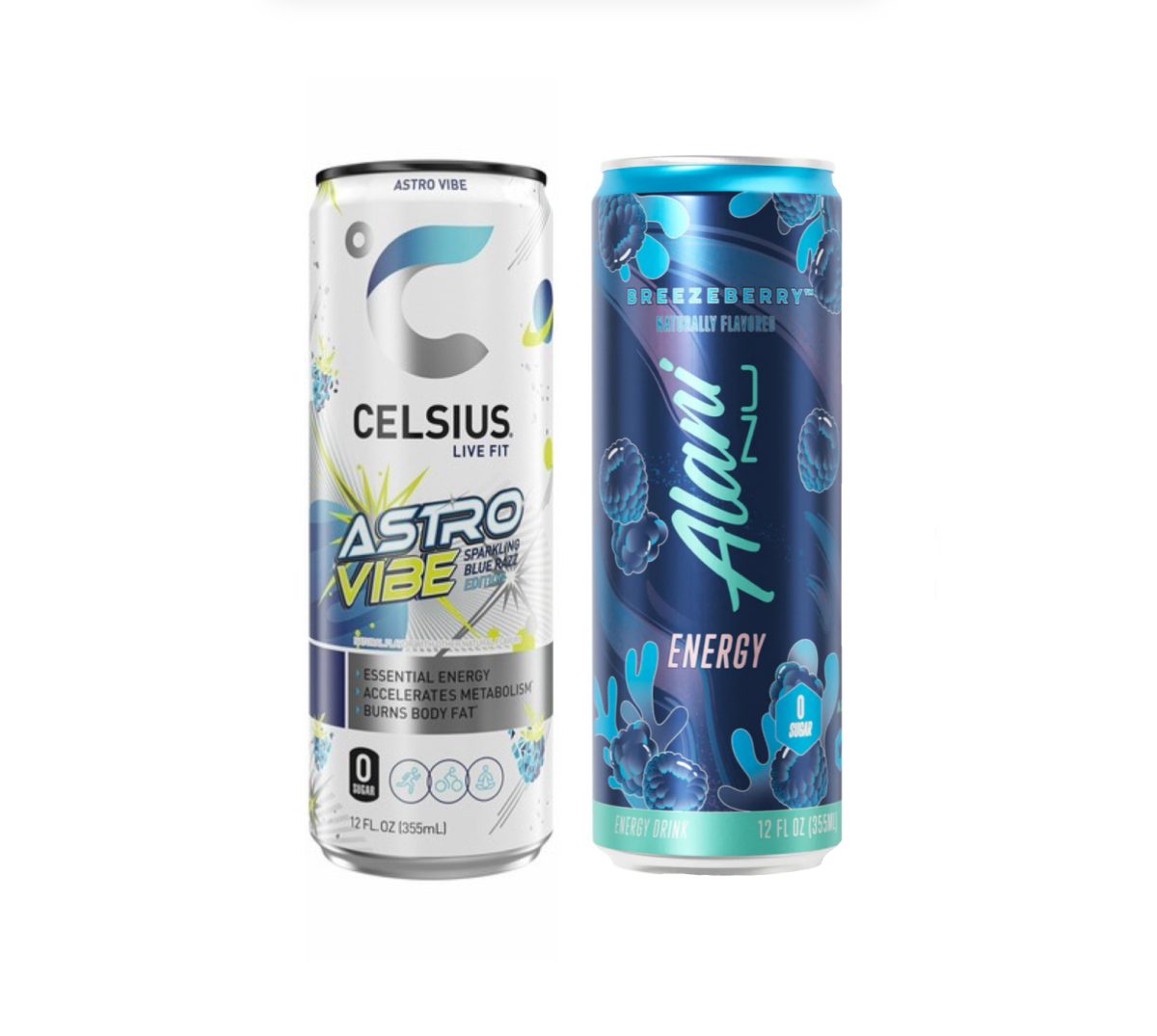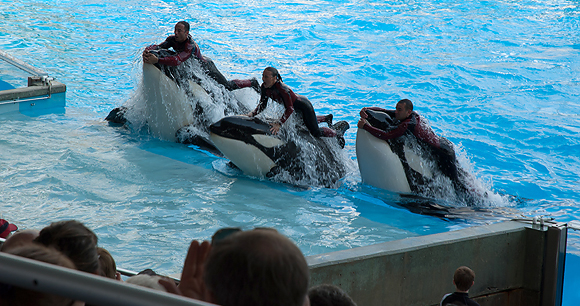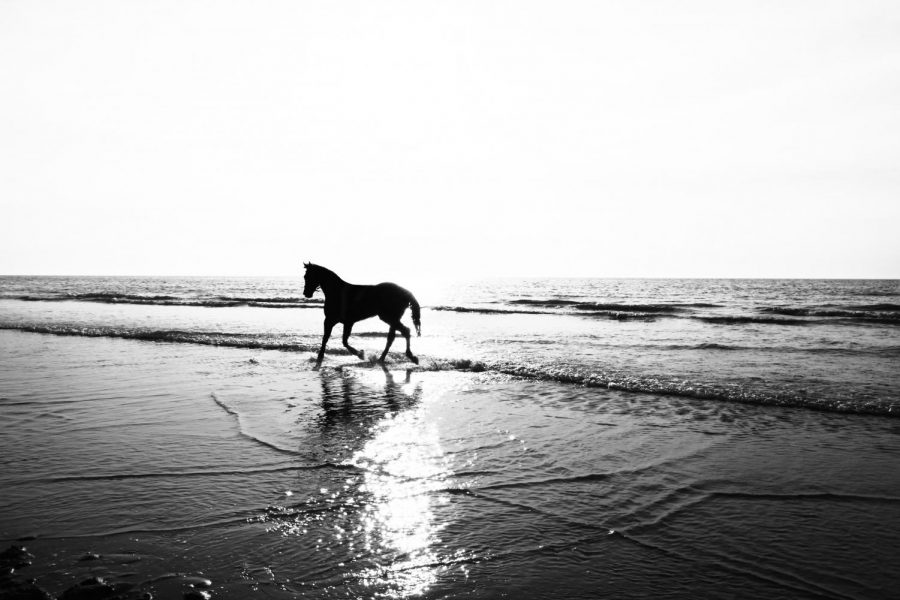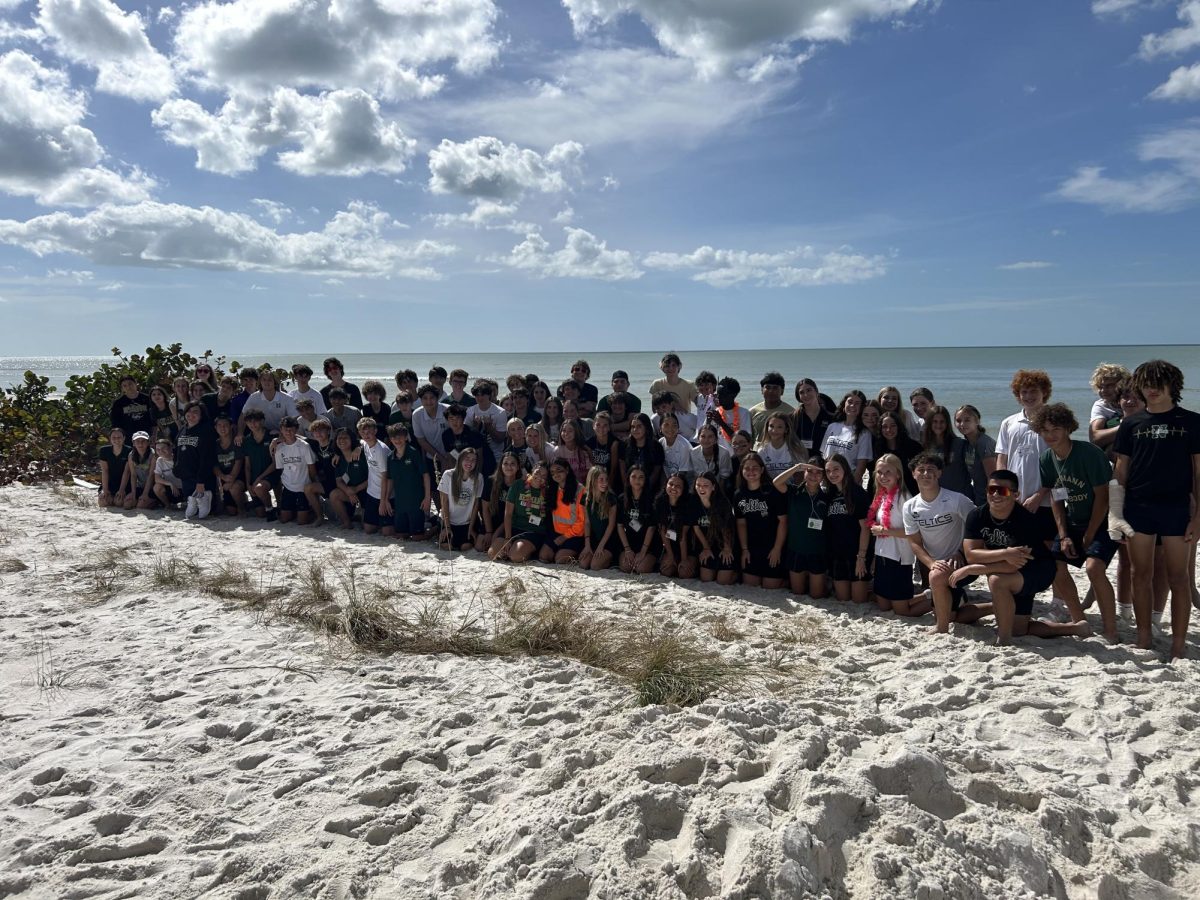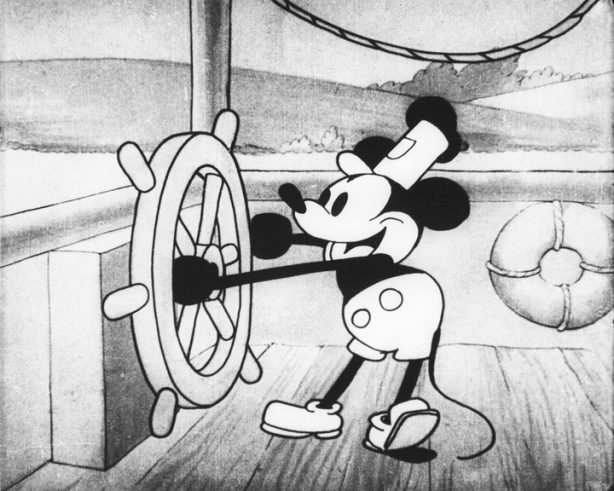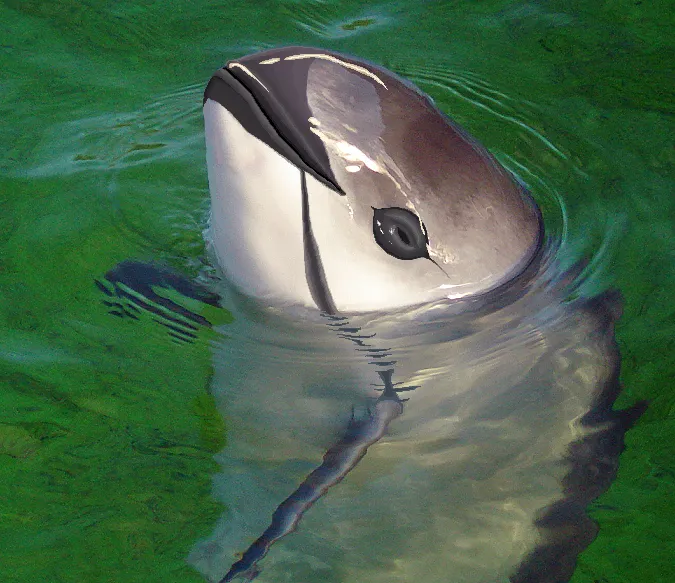The vaquita is known as one of the most endangered marine animals in the world, with as little as ten recorded alive today. It’s found only in the northern part of the Gulf of California in Mexico and is on the brink of extinction. There are urgent conservation efforts being made, such as CIRVA (International Committee for the Recovery of the Vaquita) established in 1996 by the Mexican government to help promote a reconvert plan for the porpoise. Conservation efforts remain difficult however, as vaquitas do not survive well in captivity. Progress has been slow to provide alternative methods to safer fishing in favor of the vaquita.
The biggest factor contributing to the extinction of the vaquita is accidental entanglement in fishing nets. Gillnets, which are a highly illegal fishing nets everywhere except off the coast of California and Oregon, are known to trap and ultimately drown the vaquita. They are primarily used to catch the totoaba, another endangered fish off the Gulf of California, from which they then harvest their swim bladders for old Asian delecacies . The market for totoaba continues to thrive, and as a result, the vaquita population is drastically declining. The future of the porpoises lies entirely on human actions, and if the right measures aren’t taken, we might find the species completely gone in the next few years. The population may not recover in time and that’s why the conservation efforts are so important. With the government and us people working together, we may find a better chance to save this fish, which is on the way to become another prime example of human-driven extinction.


